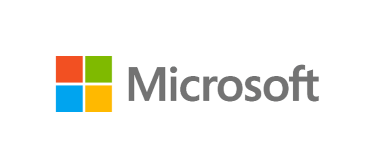Bulukani Mlalazi – Principal Consultant for AI (ADAICO)
Executive Summary
As organisations increasingly pivot away from in-house proof-of-concept (POC) projects towards off-the-shelf AI solutions, it is essential to adopt a mature and strategic approach to AI application. While vendor-supplied offerings can streamline implementation, organisations must ensure that their technology choices align with a broader AI adoption strategy carefully crafted to suit their needs. This article explores the implications of this trend and the importance of a well-architected AI stack that prioritises flexibility, governance, and the effective use of organisational data.
Introduction
The landscape of artificial intelligence (AI) is evolving rapidly, with many organisations scaling back their internal POC initiatives in favour of commercial solutions. A recent article observing increasing adoption of commercial AI by CIOs provides an interesting discussion of this phenomenon. This shift, driven by factors like high failure rates and unclear returns on investment, has led to a reliance on vendor-supplied offerings that promise simplicity and immediate value. However, as organisations embrace these tools, they must tread carefully to avoid the pitfalls of technical debt, particularly in areas of data governance and security.
Understanding the Trend
Recent research indicates that a significant number of AI POCs fail to transition into widespread deployment. This, coupled with the high demand for AI expertise, has prompted many CIOs to seek out commercial solutions that can be integrated into existing workflows. While this approach can yield quick wins, it risks overlooking the strategic implications of technology choices.
The Importance of a Broader Strategy
Organisations must recognise that selecting off-the-shelf AI solutions should not be solely about ease of adoption or specific use-case features. Instead, these choices should be informed by a comprehensive technology adoption strategy that considers long-term implications. Technical debt can manifest in various forms, particularly when integrating internal and external systems, leading to unforeseen challenges in governance and security.
A Layered Approach to AI
To mitigate these risks, organisations should adopt a carefully chosen set of architectures and core technologies for each layer of the AI tech stack. This approach allows businesses to decouple the prioritisation of what AI-driven outcomes they want to achieve from the technical implementation, fostering flexibility and adaptability. By strategically selecting components that can be combined to address emerging use cases, organisations can leverage their growing understanding of their chosen core architectures and technologies to enhance security, adoption, and maintenance.
Leveraging Data for Competitive Advantage
While off-the-shelf solutions may suffice for generic applications, organisations aiming to harness their unique data assets and internal subject matter expertise must pursue more customisable options. By focusing on tailored AI solutions, businesses can generate competitive advantages that rigid prebuilt offerings cannot provide. This strategic focus on leveraging proprietary data can lead to innovative applications that drive significant business value.
Conclusion
The current trend towards commercial AI solutions presents both opportunities and challenges for organisations. By adopting a mature approach that prioritises strategic technology selection, robust governance, and a mature AI stack, businesses can navigate this landscape effectively. Embracing these principles not only mitigates the risks associated with technical debt but also positions organisations to leverage their data assets for innovative outcomes. As the AI landscape continues to evolve, those who approach adoption with foresight and strategy will emerge as leaders in their respective fields.and




